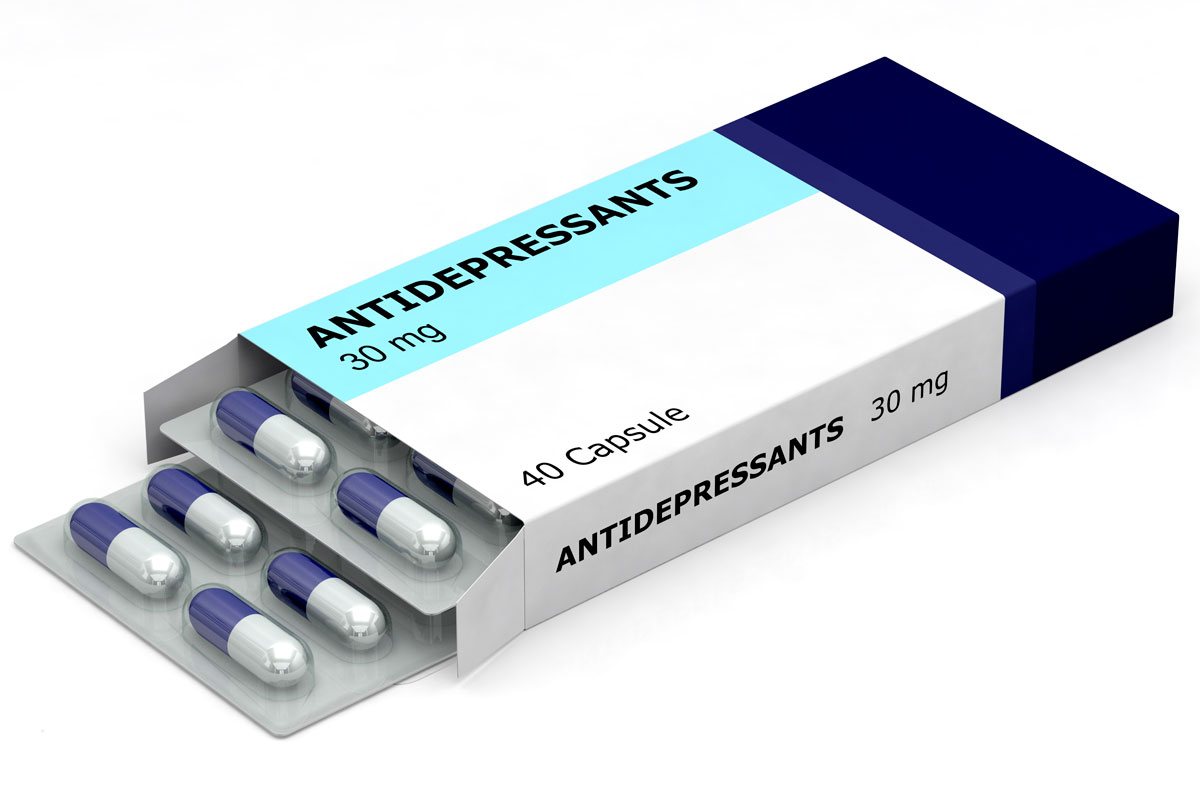Antidepressants are medications designed to alleviate symptoms of depression, a prevalent mental health condition that affects millions of people worldwide.
With numerous antidepressants available, each with its unique mechanisms of action, understanding the different types is crucial for both patients and healthcare providers.
In this post, we will explore and discuss some of the commonly prescribed classes of antidepressants, their modes of action, and potential side effects.
- Selective Serotonin Re-uptake Inhibitors (SSRIs): SSRIs are the most commonly prescribed class of antidepressants due to their relatively favourable side effect profile and efficacy. These medications work by inhibiting the re-uptake of serotonin, a neurotransmitter associated with mood regulation. Popular SSRIs include fluoxetine, sertraline, and citalopram. Common side effects may include nausea, headache, and sexual dysfunction.
- Serotonin-Norepinephrine Re-uptake Inhibitors (SNRIs): SNRIs are another class of antidepressants that work by blocking the re-uptake of both serotonin and norepinephrine, thereby increasing the levels of these neurotransmitters in the brain. Examples of SNRIs include venlafaxine and duloxetine. Side effects may include increased blood pressure, insomnia, and gastrointestinal disturbances.
- Tricyclic Antidepressants (TCAs): Although less commonly prescribed today, TCAs were among the first-generation antidepressants. They inhibit the re-uptake of norepinephrine and serotonin, similar to SNRIs. TCAs include medications like amitriptyline and imipramine. TCAs have a higher risk of side effects, including sedation, dry mouth, constipation, and potential cardiac effects. They are usually reserved for cases where other treatments have been ineffective.
- Monoamine Oxidase Inhibitors (MAOIs): MAOIs are another older class of antidepressants. They work by inhibiting the enzyme monoamine oxidase, which breaks down serotonin, norepinephrine, and dopamine. This inhibition leads to increased levels of these neurotransmitters in the brain. MAOIs are generally used as a last resort due to their potential interactions with certain foods and medications, which can cause a severe hypertensive crisis. Examples of MAOIs include phenelzine and tranylcypromine.
- Atypical Antidepressants: This category encompasses a diverse group of medications with various mechanisms of action. Examples include bupropion, which primarily affects dopamine and norepinephrine, and mirtazapine, which enhances serotonin and norepinephrine release. These medications are often chosen based on individual patient needs and symptoms. Side effects can vary, but common ones include sedation, weight gain, and dry mouth.
The availability of different classes of antidepressants provides healthcare providers with a range of options to address the diverse needs of patients with depression. Selecting the appropriate antidepressant depends on factors such as symptom severity, patient history, and potential side effects.
It is crucial for patients to work closely with their healthcare providers to find the most suitable medication and dosage. Additionally, periodic monitoring and open communication are vital to ensure optimal treatment outcomes and manage any adverse effects.
